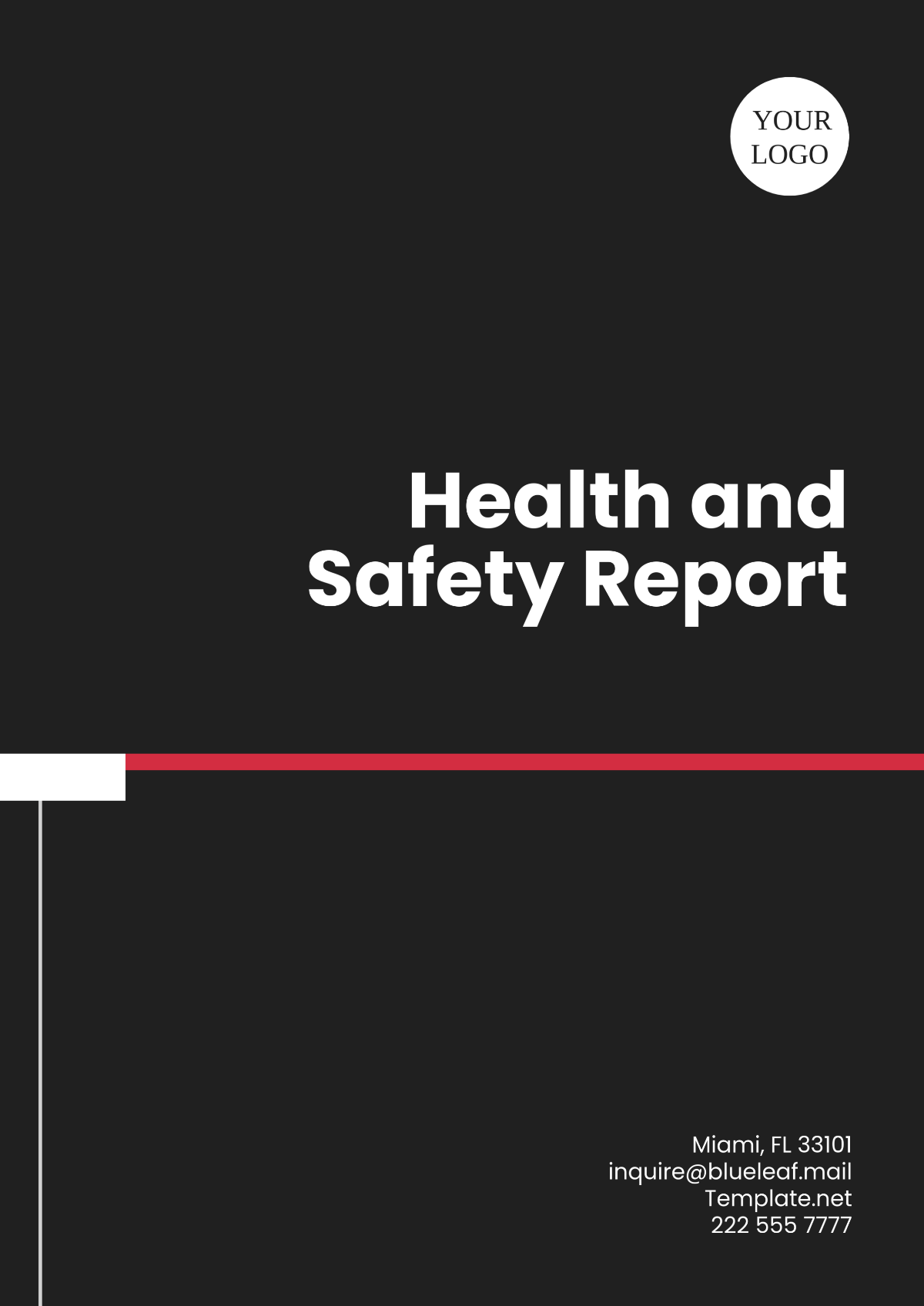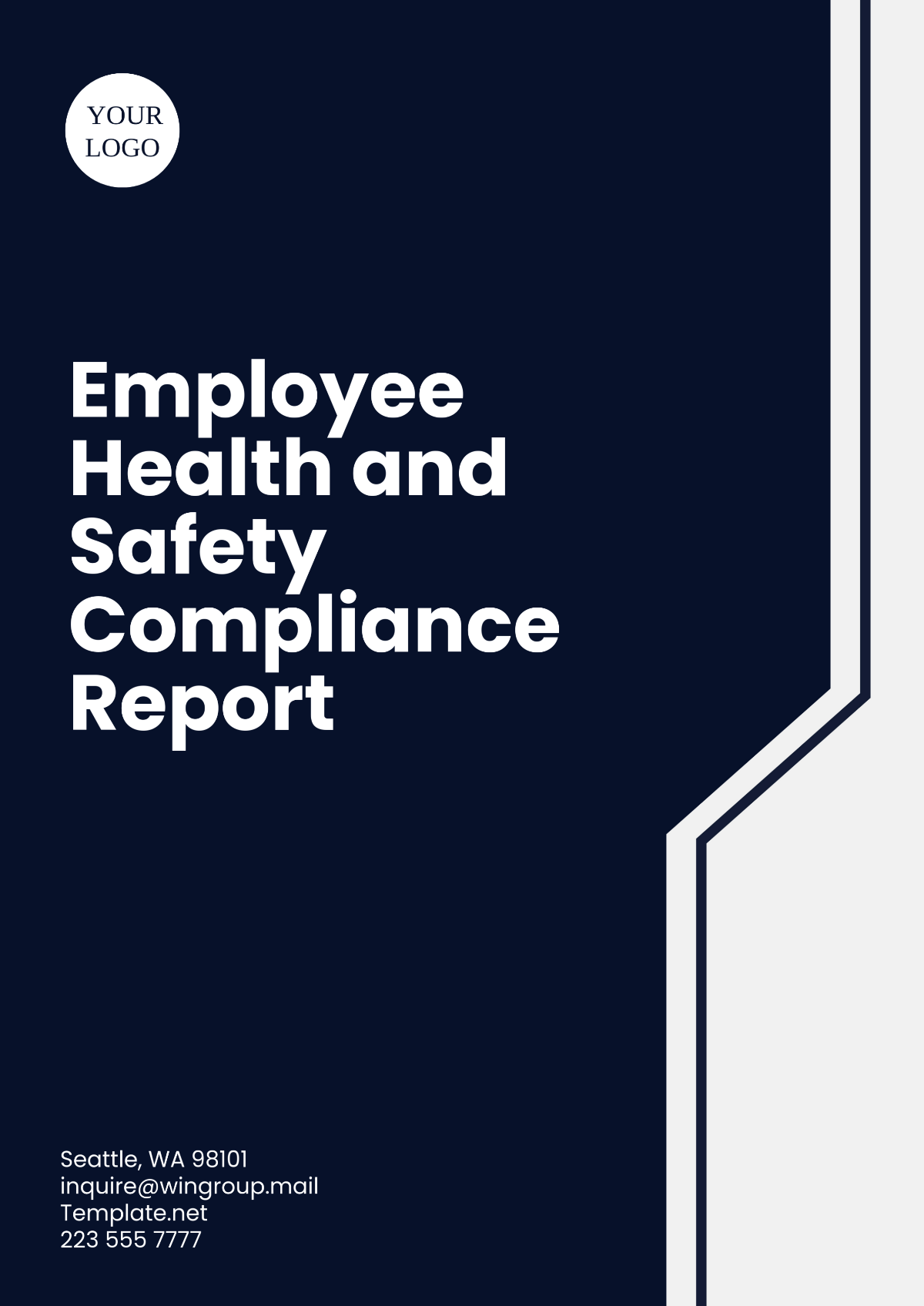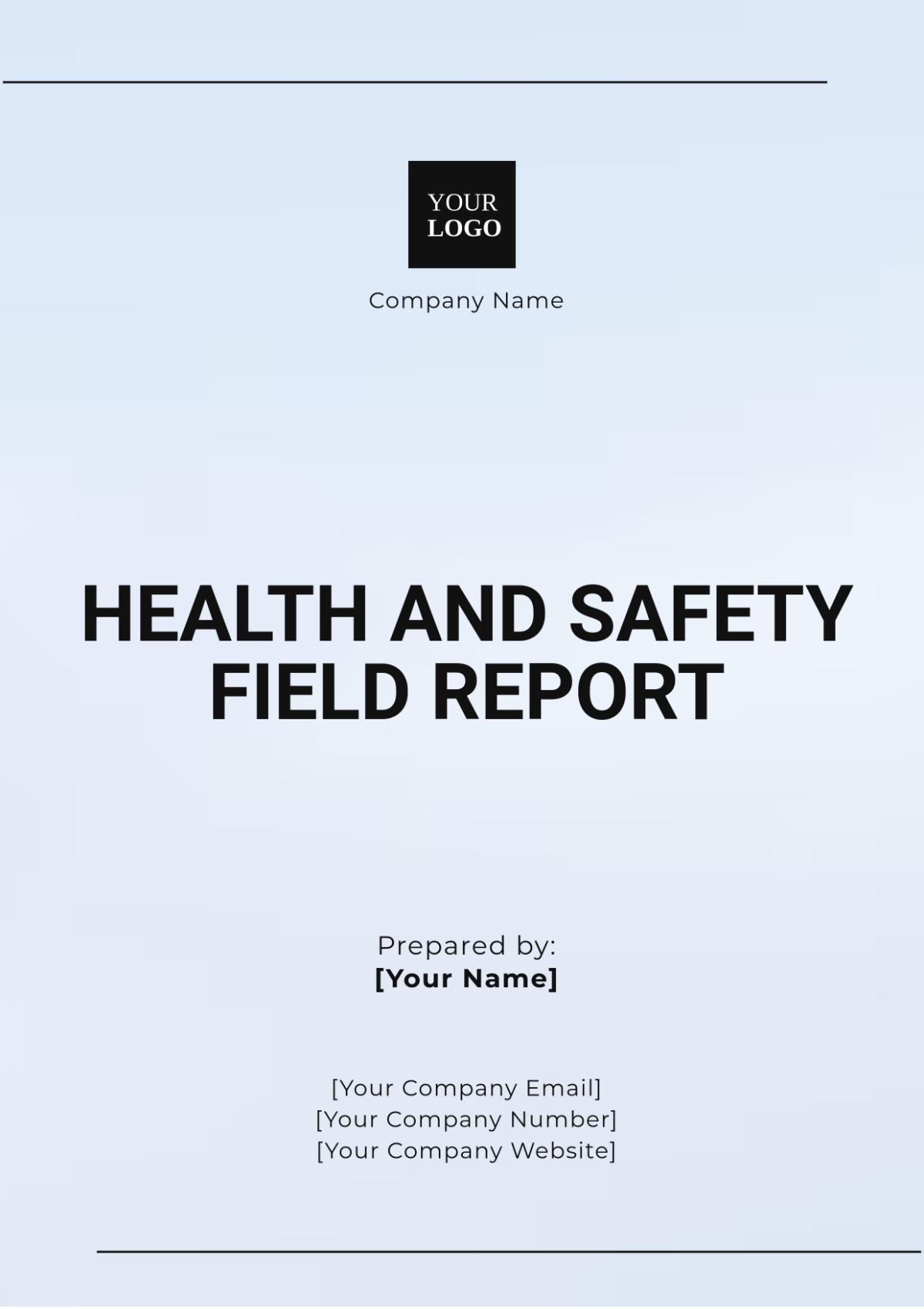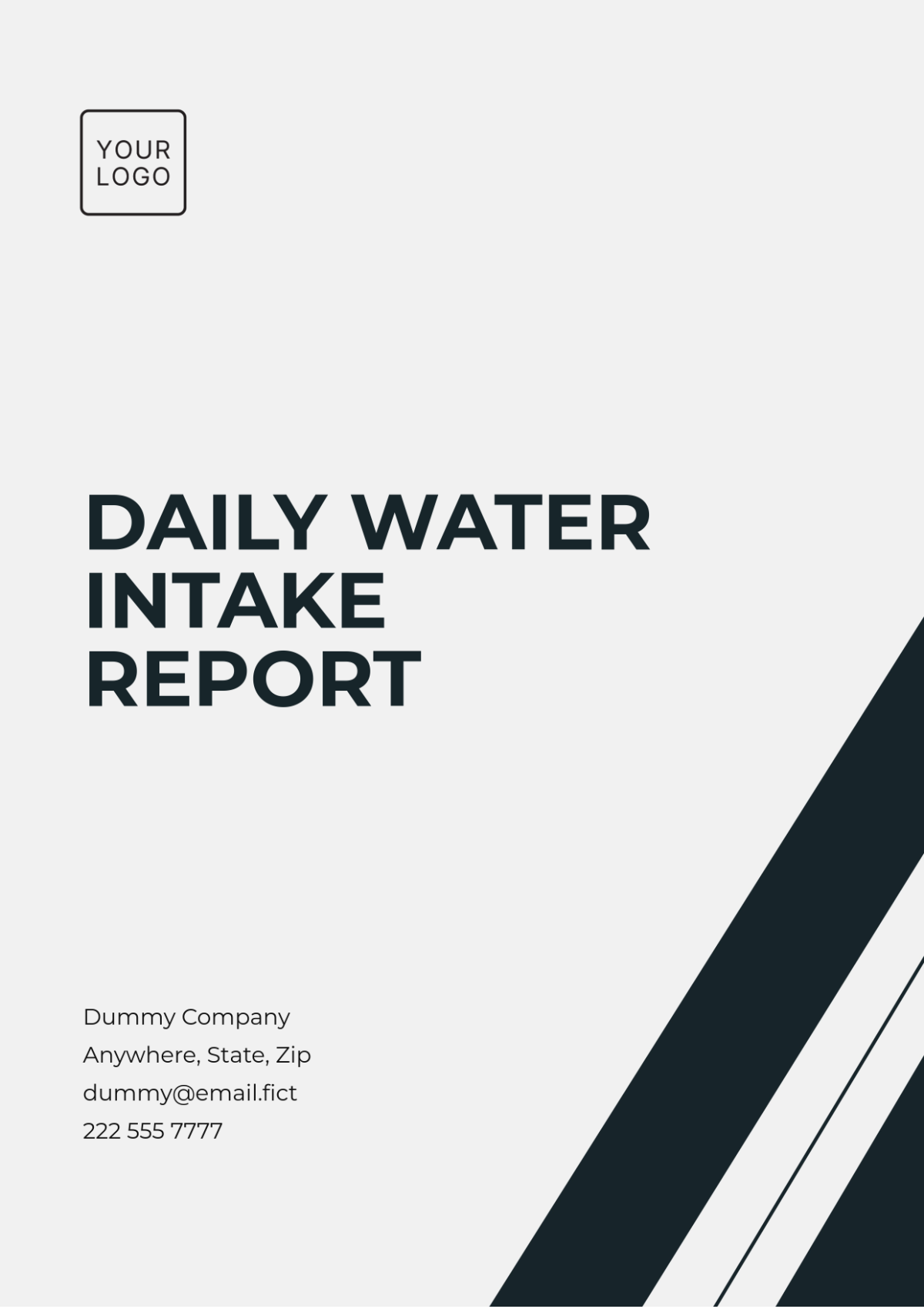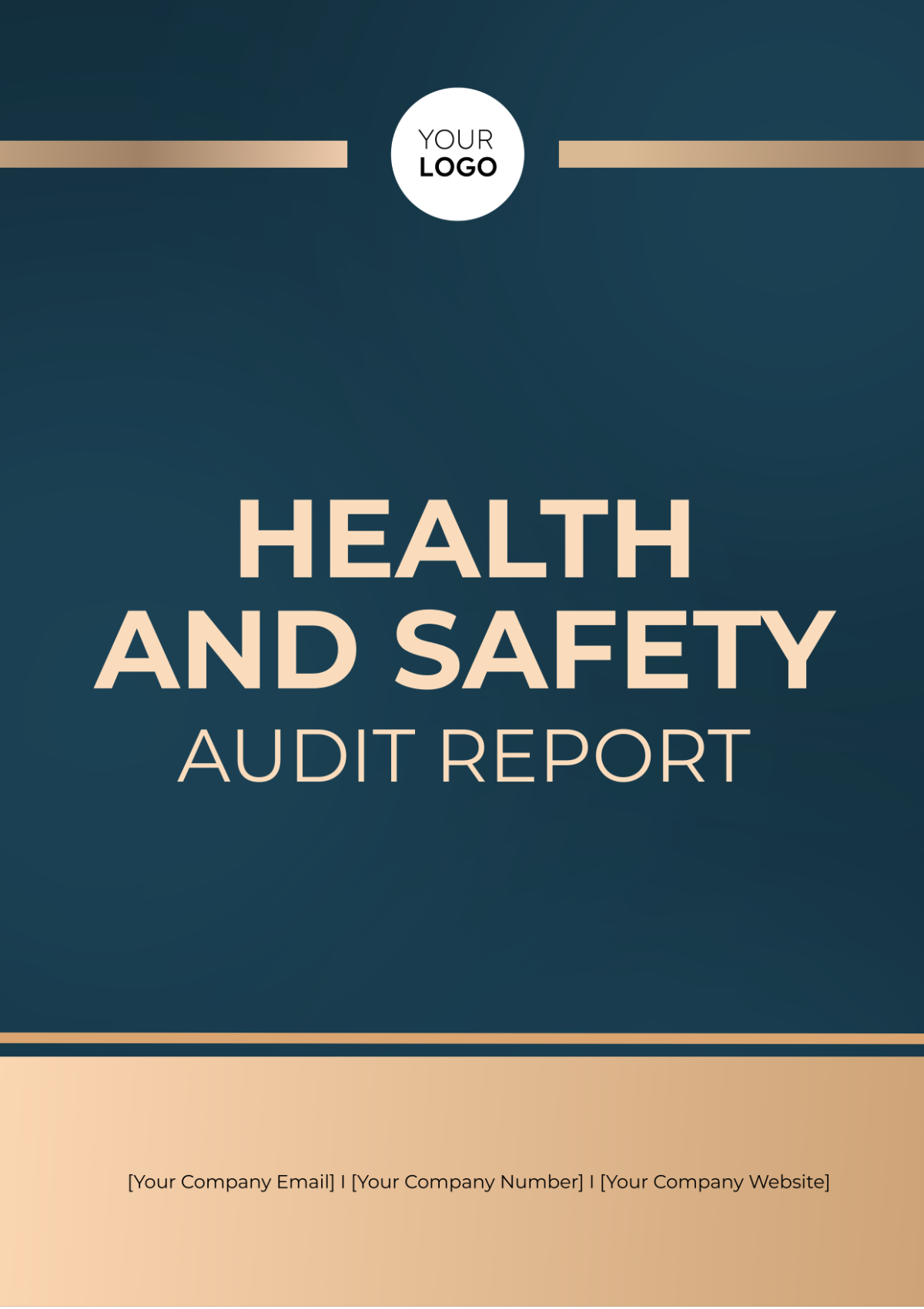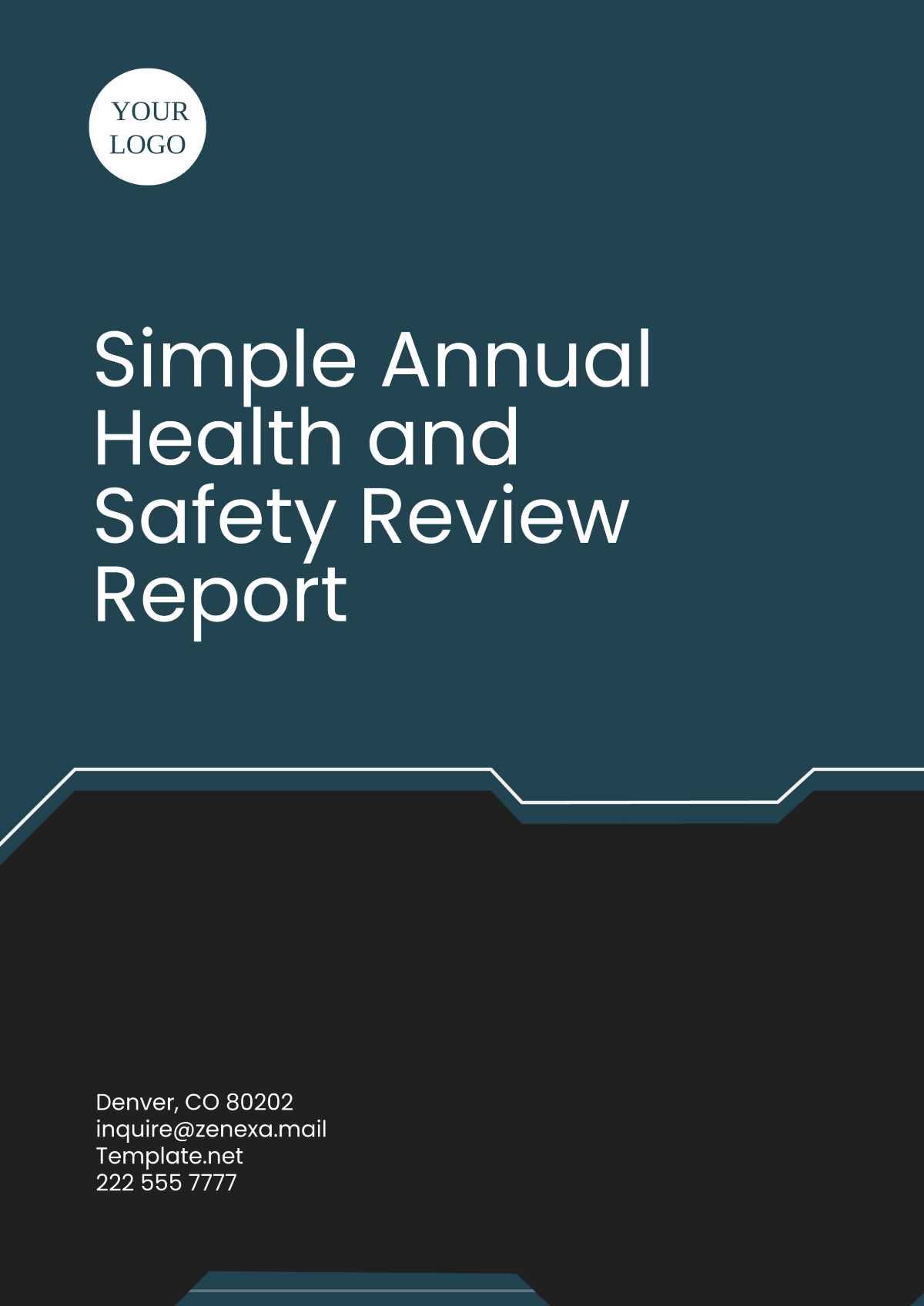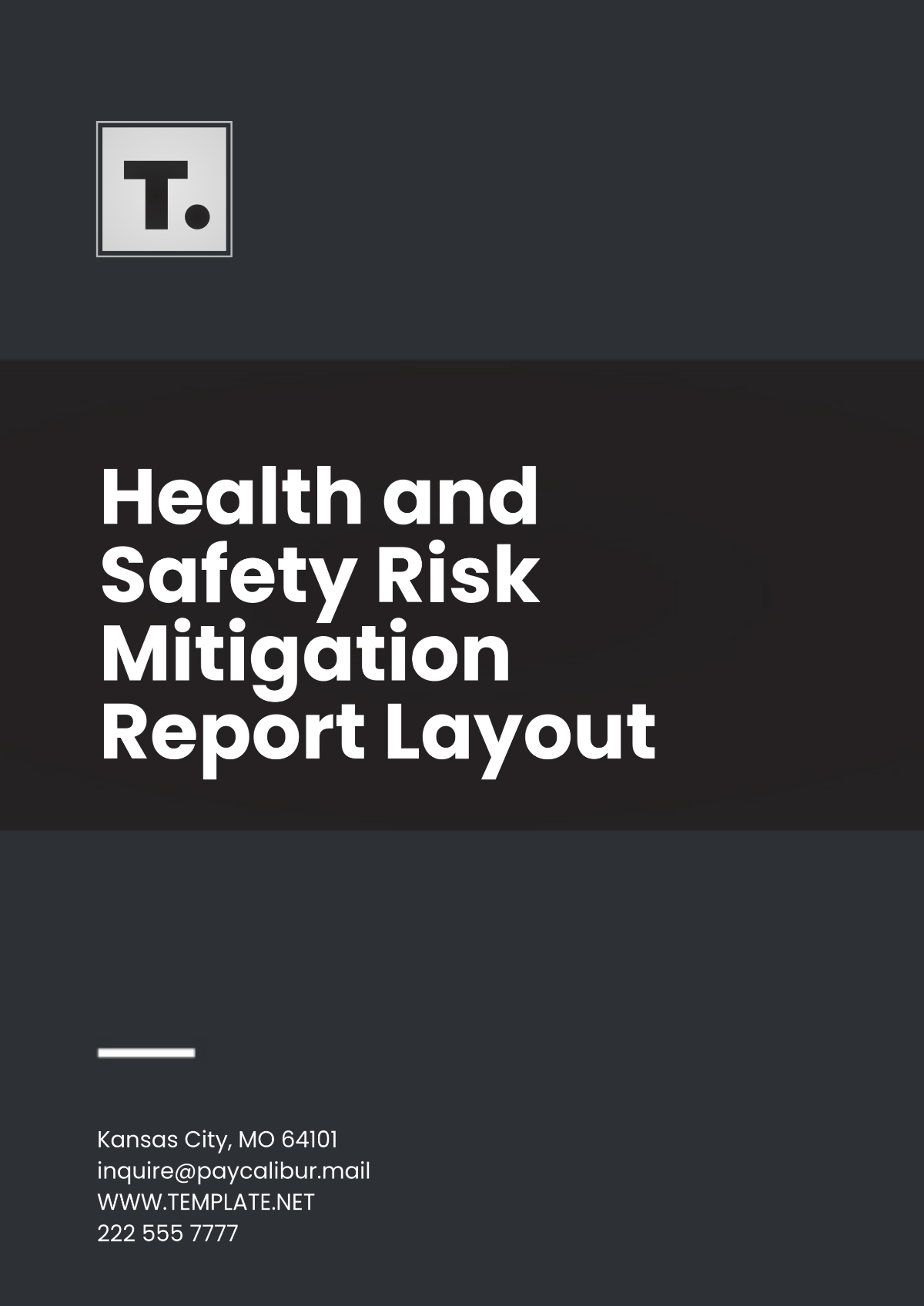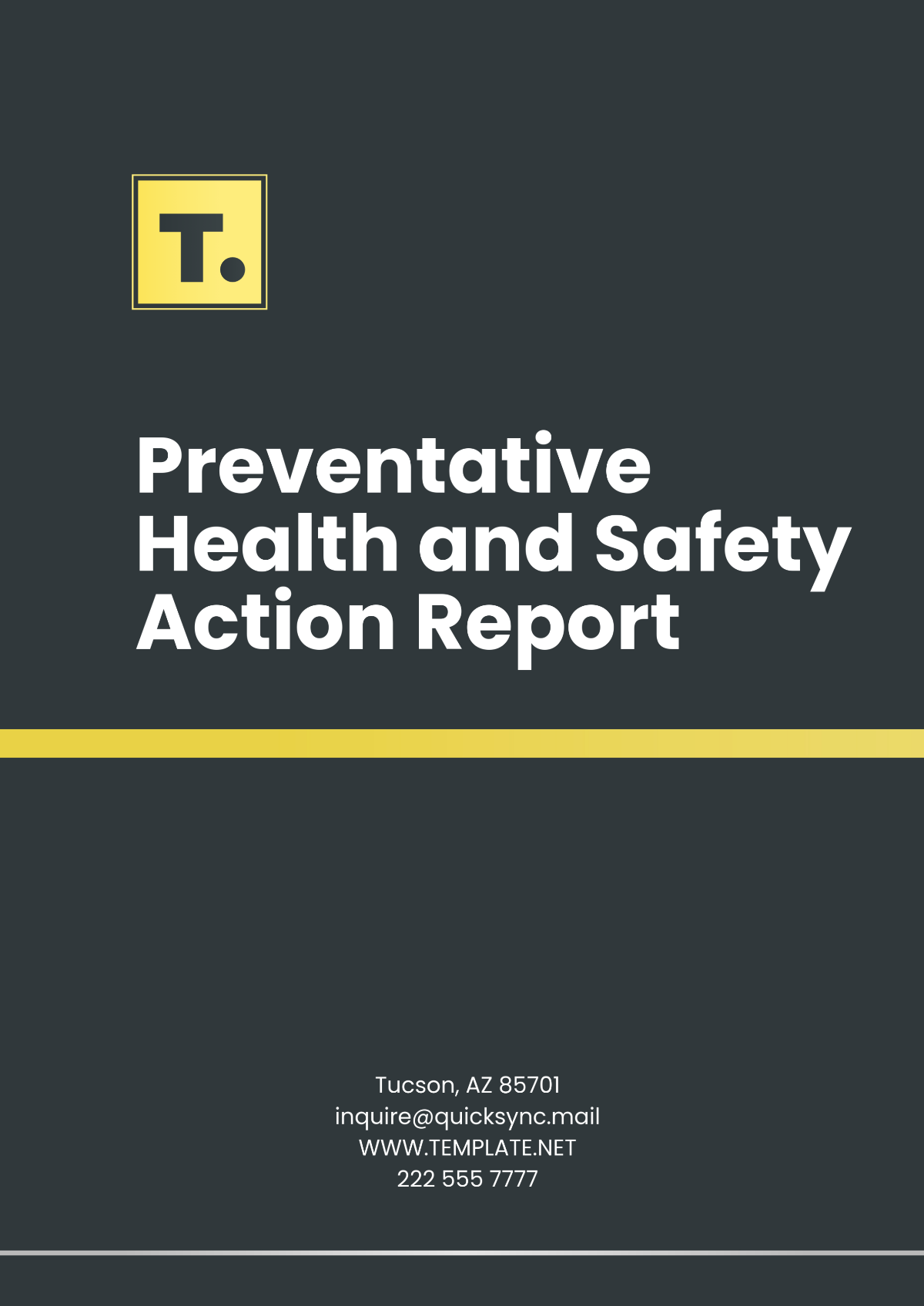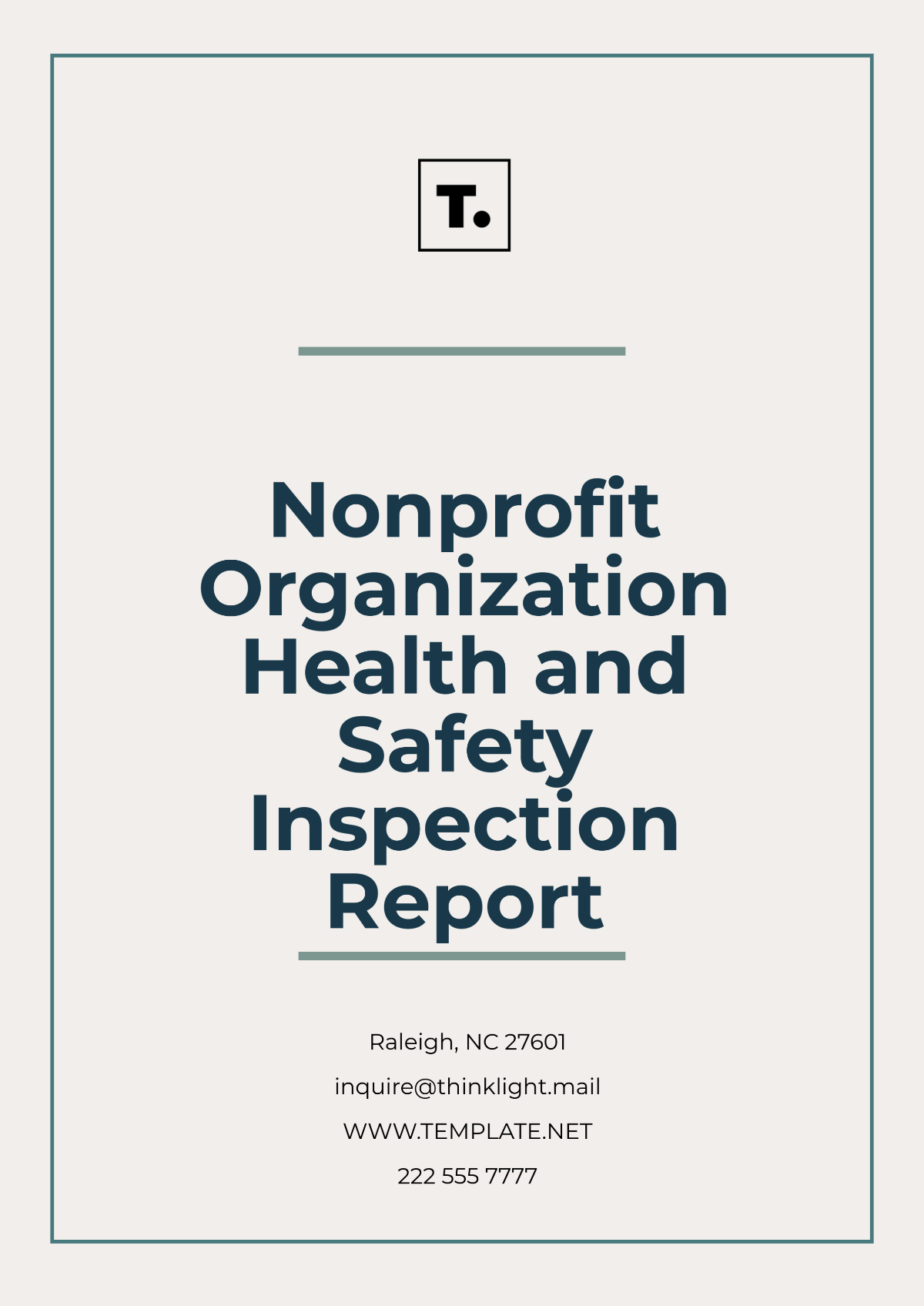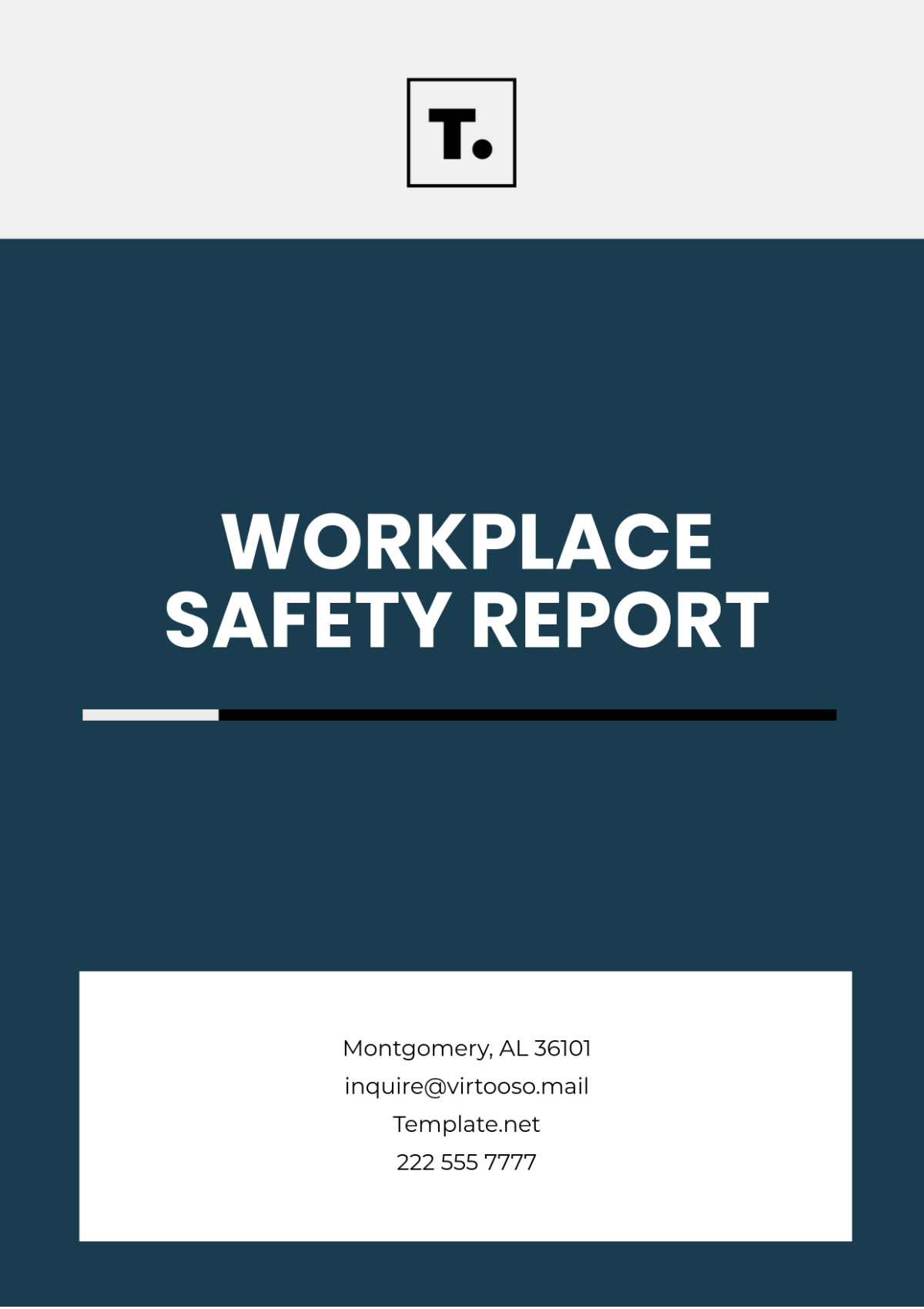Health and Safety Benchmarking Report Format
Prepared by: [Your Name]
Company: [Your Company Name]
Date: January 1, 2060
1. Executive Summary
This Health and Safety Benchmarking Report presents key findings from an analysis of health and safety performance across industries. The report compares incident rates, compliance, training initiatives, and other key performance indicators (KPIs) to benchmarks set by [Your Company Name]. It identifies areas of improvement, highlights best practices, and provides actionable recommendations for enhancing safety standards.
2. Introduction
This report aims to evaluate health and safety performance by benchmarking against industry standards. The study includes data from [Number] organizations across sectors such as [Sector 1], [Sector 2], and [Sector 3]. The goal is to identify trends, performance gaps, and opportunities for improvement.
Objectives:
To measure health and safety performance against benchmarks set by [Regulatory Body/Organization Name].
To identify key drivers of safety performance.
To provide actionable recommendations for organizations.
Methodology
Data was collected through [Surveys/Reports/Tools].
Metrics were analyzed for the period [Year Range].
Performance was benchmarked against standards from [Benchmark Source].
3. Key Performance Indicators (KPIs)
The following KPIs were assessed:
Incident Rates:
Total Recordable Incident Rate (TRIR): [Rate]
Lost Time Injury Frequency Rate (LTIFR): [Rate]
Near-miss incidents: [Count]
Compliance Rates:
Adherence to regulations from [Regulatory Body]: [Percentage]
Audit scores: [Score]
Training and Awareness:
Average hours of safety training per employee: [Hours]
Percentage of workforce certified: [Percentage]
Employee Engagement:
Worker participation in safety programs: [Percentage]
Leadership involvement: [Percentage]
4. Industry Comparisons
[Sector 1]:
TRIR: [Rate] (industry benchmark: [Rate])
LTIFR: [Rate] (industry benchmark: [Rate])
[Percentage] of workers completed training (industry average: [Percentage]).
[Sector 2]:
TRIR: [Placeholder Rate]
LTIFR: [Placeholder Rate]
Training completion: [Percentage].
[Sector 3]:
TRIR: [Placeholder Rate]
LTIFR: [Placeholder Rate]
Compliance rate: [Percentage].
5. Performance Trends
Incident Rates ([Year Range]):
[Sector 1]: TRIR declined from [Previous Rate] to [Current Rate].
[Sector 2]: LTIFR decreased from [Previous Rate] to [Current Rate].
[Sector 3]: Rates remained steady at [Rate].
6. Best Practices
Top-performing organizations implemented these practices:
Regular Safety Audits: Conducted by [Frequency/Agency Name].
Employee Involvement: Programs like [Safety Initiative Name].
Technology Integration: Tools like [Technology Name].
7. Challenges and Opportunities
Challenges:
Workplace Fatigue: Reported incidents related to [Placeholder Cause].
Subcontractor Safety: Issues with [Placeholder Issue].
Data Accuracy: Challenges in reporting [Placeholder Issue].
Opportunities:
Enhanced training through [Training Type].
Automation in [Hazardous Environments].
Collaboration across [Industries/Organizations].
8. Recommendations
Focus on Mental Health: Implement initiatives like [Program Name].
Invest in Training: Use methods such as [Training Technology].
Strengthen Subcontractor Safety: Enforce contracts with [Placeholder Policy].
9. Conclusion
The benchmarking results show improvement in [Area], but gaps remain in [Challenge Area]. Organizations adopting [Technology/Practice] and engaging workers are best positioned to improve safety outcomes.
